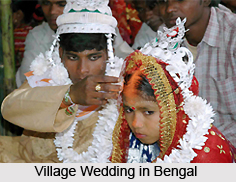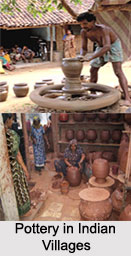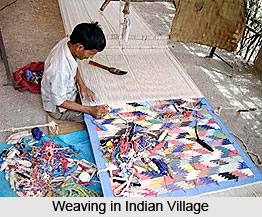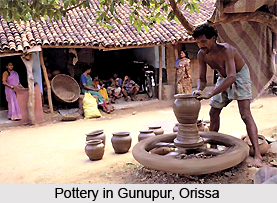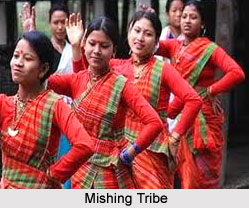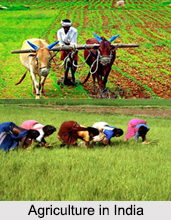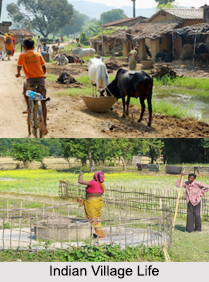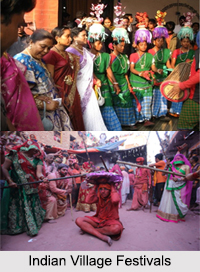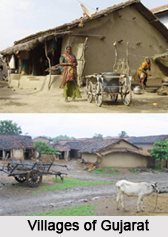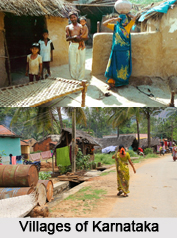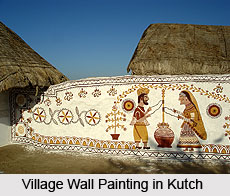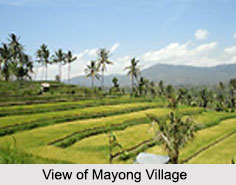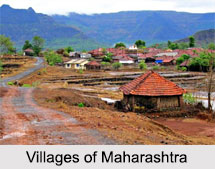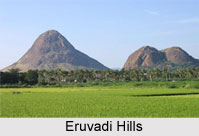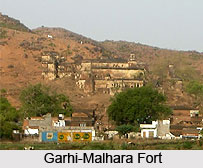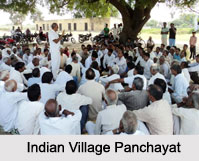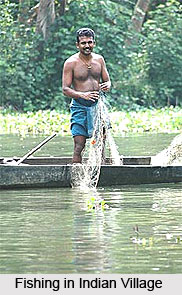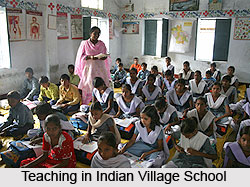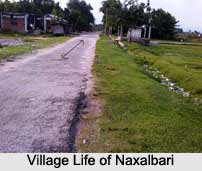 Naxalbari is the name of a village and a community development block in northern part of the state of West Bengal. Naxalbari block comes under the jurisdiction of Siliguri subdivision of Darjeeling district. Naxalbari became famous for the left wing revolt that took place in the late 1960s.
Naxalbari is the name of a village and a community development block in northern part of the state of West Bengal. Naxalbari block comes under the jurisdiction of Siliguri subdivision of Darjeeling district. Naxalbari became famous for the left wing revolt that took place in the late 1960s.
Location of Naxalbari
Naxalbari is located at 26.68 degree north to 88.22 degree east. It has an average elevation of 152 metres (501 feet).
Geography of Naxalbari
The stretch of land, where Naxalbari is situated, lies on the Terai region at the base of the Himalayan Mountain Range. To the west of Naxalbari, across the border river Mechi lies in Nepal. The entire stretch of the land surrounding Naxalbari is covered by farm lands, tea estates and forests and small villages, consists of an area of 182.02 square kilometers.
Administration of Naxalbari
Naxalbari block has six Gram Panchayats (village councils), viz. Gossainpur, Lower Bagdogra, Upper Bagdogra, Hatighisha, Naxalbari and Moniram, from north to south. The population of Naxalbari block was 144,915 in the year 2001.
History of Naxalbari
Naxalbari became famous for being the site of a left-wing poor peasants uprising in 1967, which began with the "land to tiller" slogan, an uprising continuing to this day. "Naxalbari" incident was triggered on 25th May 1967 at Bengai Jote village in Naxalbari when the police opened fire on a group of villagers who were demanding their right to the crops at a particular piece of land. The firing killed 9 adults and 2 unknown children.
Visting Information
Naxalbari is a station on the Katihar-Siliguri Line. The daily trains are running from New Jalpaiguri via Siliguri Town, Siliguri Junction, Matigara and Bagdogra. There are four trains running from New Jalpaiguri; New Jalpaiguri-Katihar Passenger, New Jalpaiguri-Aluabari-New Jalpaiguri DEMU Ring Rail, New Jalpaiguri-Balurghat and New Jalpaiuri-Radhikapur. There is also bus service from Siliguri Court More to Naksalbari. There is a neighbourhood of Naksalbari on Nepal`s eastern border with India at Jhapa District, Mechi Zone. There is a border crossing to the Kakarbhitta neighbourhood of Mechinagar municipality with a checkpoint for customs and crossing by third country nationals while citizens of Nepal and India cross without restriction.
